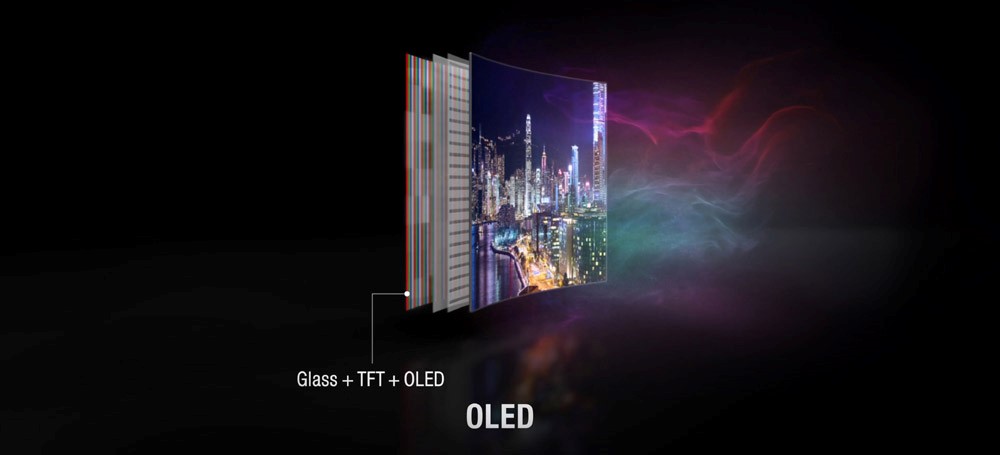Televisions have undergone multiple evolutions in the last twenty years or so. From CRT to flat-screens, then Liquid Crystal and Plasma, to the defunct 3D concept, and moving towards smart and immersive after, followed up with curved, and 4K later on, TVs have never stopped evolving.
With next-gen TVs, the trend is to have the best innovations being used. In fact, next-gen anything are concepts that always come loaded out with never seen before future technologies. Thusly, for TVs, that means sporting features that offer a hyper-immersive user experience, like 4K, OLED, and HDR.

The Right Tech
Having all these technical terms being thrown about, one must ask: with all these confusing jargons, are TV manufacturers trying to sell half-baked tech to users?
As is, with competing hardware and features flooding the market, specifically OLED and Quantum Dot, it isn’t as clear-cut as it should be.
LCD panels, and LED displays after that, are easily defined in what they do but the new display concepts being used—OLED and Quantum Dot—are not as straightforward as their predecessors.
OLED Is King
Essentially, both operate as the illumination system for TVs and work to ensure that all the pixels on display panels are lit up. The preferred litmus test to see which is the best can only be determined with their true black performance.
OLED, or Organic LED, does not have any form of backlighting support as it self-emits its own light. That means, when needed, it can create true blacks by turning itself off. Paired with that is the high speed refresh rate it offers, which ensures videos play super smooth and seamless.

The Lower Spec Alternative
Quantum Dot, on the other hand, uses a backlighting system. Simply put, it is an update of current LED technologies that uses a white-filtered blue LED array to produce unnaturally high levels of light to illuminate the LCD colour panel.
Some TV vendors who are known to be major supporters for this technology, claim this display innovation is able to reproduce near perfect blacks. Of course, since this is a backlight system, there will be illumination leaks. This will cause the deep blacks on Quantum Dot to look unnaturally washed out.

As per what Reviewed.com noted in its Best 4K UHD TVs listing, even if Quantum Dot can produce exceptional colours, it does so in a coarse manner with black levels and struggles with punching out pure black in brightly lit scenes. If anything, expert reviews have confirmed many times that OLED outperforms Quantum Dot.
The Truth
Thus, it would stand to argue if vendors are truly sincere in what they promise as per offered in the brochure and spec sheets.
It calls back the question at hand: are TV manufacturers trying to sell half-baked tech to you? With 4K OLED, that is not the case.

Feature Image Credit: ubergizmo.com













